Kama wanyama wengine wengi mijini, Mission Blue Butterfly (Plebejus icarioides missionensis) ni moja kwamba ni vikubwa hatarisha. Hii ndogo ya maisha ya bluu katika vipande vidogo ya makazi sambamba milioni mbalimbali ya maendeleo ya dola na kuzunguka San Francisco Bay. A century ago this butterfly was already starting to decline, with hundreds of acres of beautiful seaside morphing into sprawl. Today the coastal sage scrub has nearly vanished and what little remains is infested with invasive plants and animals.
The Mission Blue was one of the first animals listed on the Endangered Species Act, acchieving offical protection in 1976. Efforts over the last few years have focused on restoring the habitat and the blue within it – with limited success. Kabla ya 2009 the last blue seen within the city limits was on Twin Peaks in 1997 (and possibly the 1970’s before that). Today the SF Recreation and Parks Department along with Bay Nature has somewhat re-established the Mission Blue on Twin Peaks from healthier populations in the Marin Headlands and San Bruno Mountain (the only other locations the butterfly is known from). I believe last year they had around 30 individuals flying on Twin Peaks. This year the numbers are down, but on Friday I found three females ovipositing on lupine – while these females were probably transplanted a few weeks ago, it is hope for the future. Unfortunately the only males I saw were up in the Marin Headlands – and hopefully males were seen on Twin Peaks this year (pending 2011 data).
Haishangazi, it turns out that reintroducing a species is a complicated game. The Mission Blue utilizes three host lupine species, Lupinus albifrons, formosus and variicolor. Yet maintaining these native species amongst the invasives requires radical measures including heavily applications of herbicides (against fennel, pampas grass and french broom – but including 136 other invasive plants (Marin Flora)). It is unknown what effect the herbicides have on developing larvae (only 17% success from egg to caterpillar) or what it does to native ant populations that tend the caterpillars of the blue. Without native ants the caterpillars are much more likely to be predated, but even native ants are falling to the invading hoards of Argentine ants. And yet another key player is a newly found fungus that is killing lupine plants – devastating butterfly numbers in 2010.
If you compare this subspecies to other members within the icarioides complex there is a striking difference in abundance. Plebejus i. moroensis from the central coast is an incredibly abundant butterfly within good habitat. It is highly restricted, but not facing nearly the difficulties the Mission Blue is. I hold out hope for one of our last San Francisco blues – if the invasive species can be controlled – it won’t go the way of the Xerces.
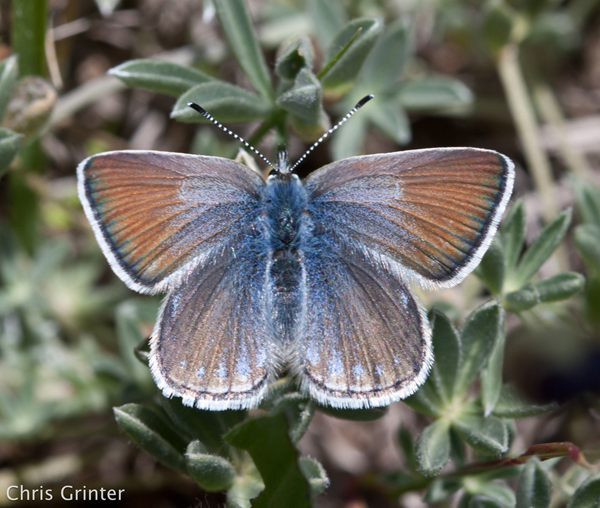
Mwanamke aliyehamishwa - Twin Peaks SF
(more images below)
This deformed male was found in the middle of a trail and could barely fly (see the curled right forewing). I attempted to move it off the trail when it crawled on my hand. Vinginevyo, I do not recommend ever handling endangered species!
And most importantly, special thanks to Liam O’Brien from Nature in the City for guiding me to these localities!
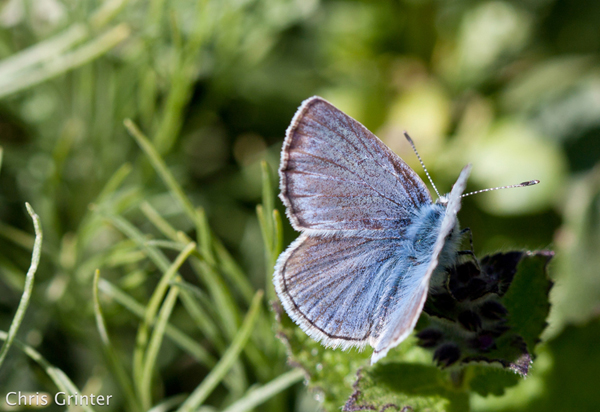
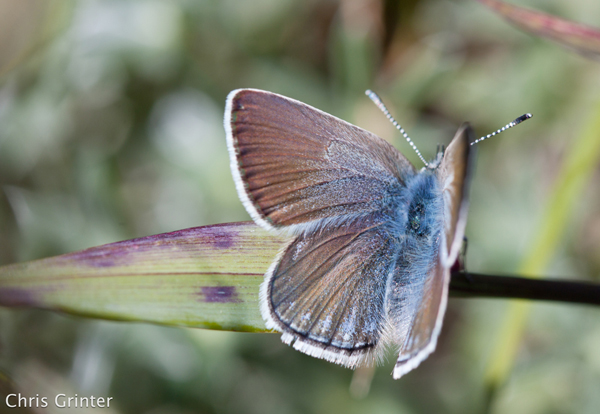
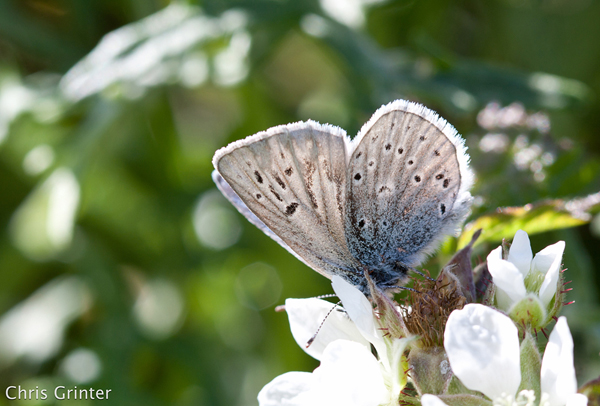
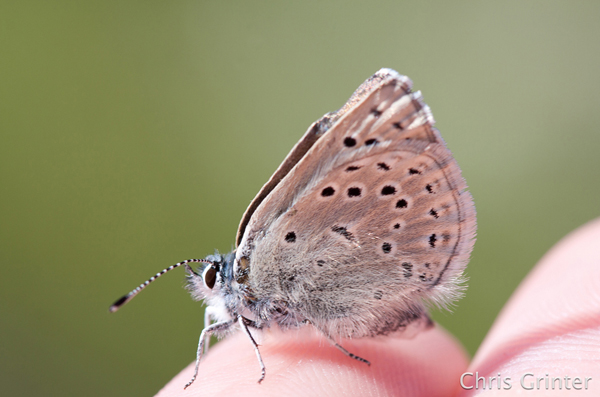

Great Post 😀
thought you might like my machinima film the butterfly’s tale~
http://www.youtube.com/watch?v=y1fO8SxQs-E
Bright Blessings
elf ~
You have to wonder what effect the herbicides are having on these restoration efforts. San Francisco’s Natural Areas Program applied herbicides 69 times in the so-called “natural areas”katika 2010. Herbicides were applied 16 times on Twin Peaks where the Mission Blue is being reintroduced.
The herbicide used most often is Garlon, categorized by San Francisco’s IPM program as “Most Hazardous” and by the EPA as a “Hazardous Chemical.” The Material Safety Data Sheet mandated by the EPA says that Garlon is “highly toxic” to aquatic life and “mildly toxic” to birds.
Why not set up a control area where no herbicides are used to see if the success rate of the reintroductions might be more successful? Too complicated we’re told. This isn’t science. This is scatter shot with the lives of rare butterflies.
[…] Be Finned in Oregon May 3, 2011Why Listen to the Local Guy? Mei 3, 2011Back in the water May 3, 2011The Mission Blue Butterfly May 3, 2011Carcharhinus plumblinkus May 3, 2011Groupers and Sand Tigers, Oh My May 2, […]